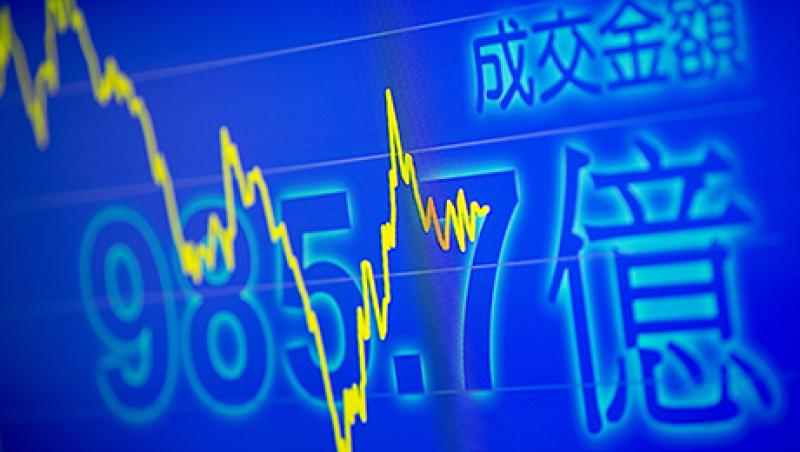
How Unsustainable Leverage Is Driving Market Mayhem
An inconvenient truth: The natural path of prices for global goods, services and wages is down, whereas the need to service unproductive debt continues to rise.
Paul Brodsky
August 27, 2015


